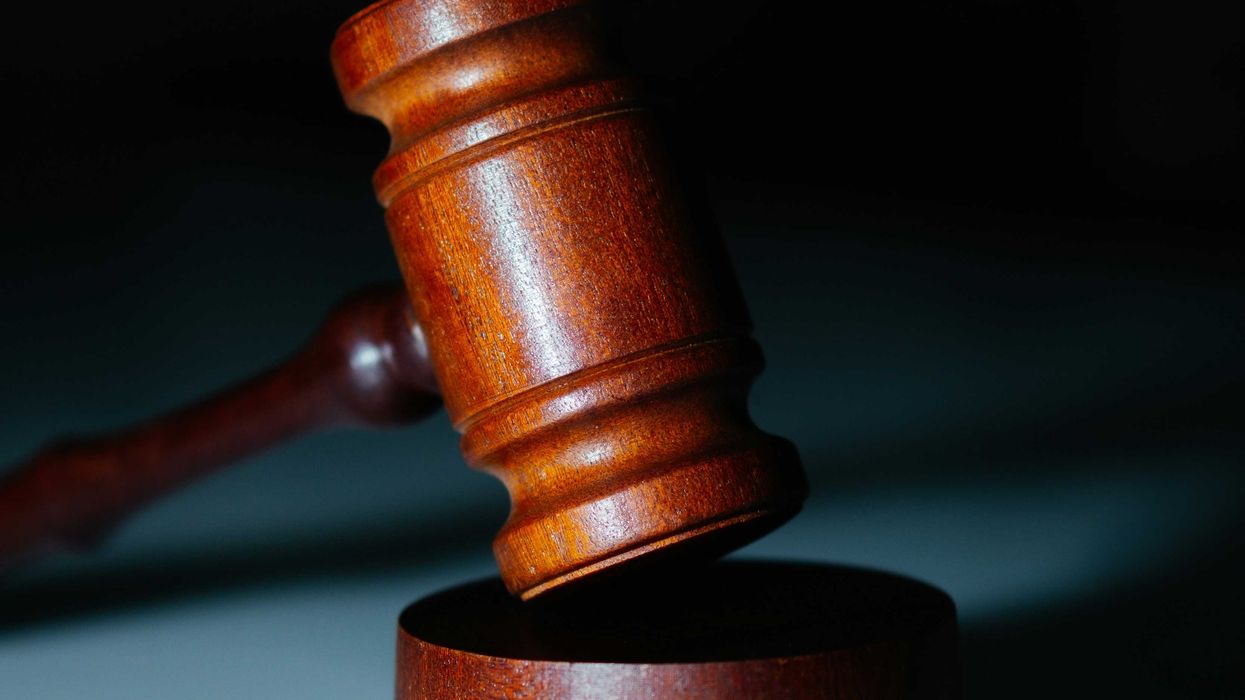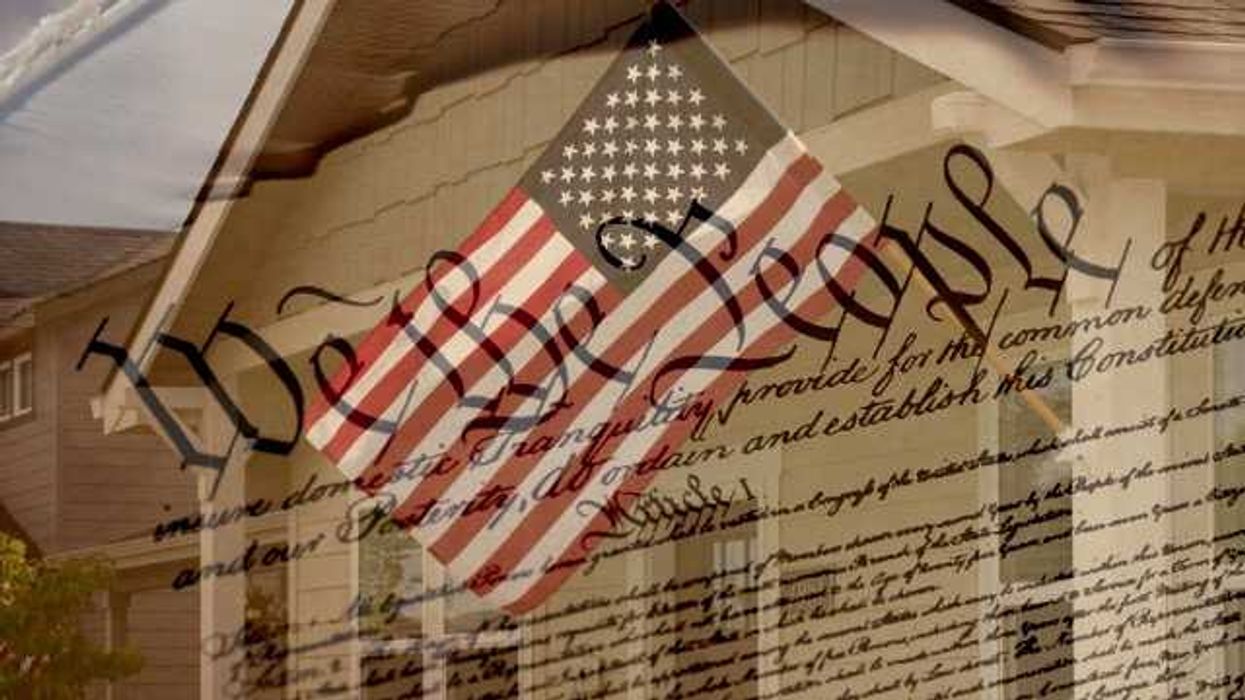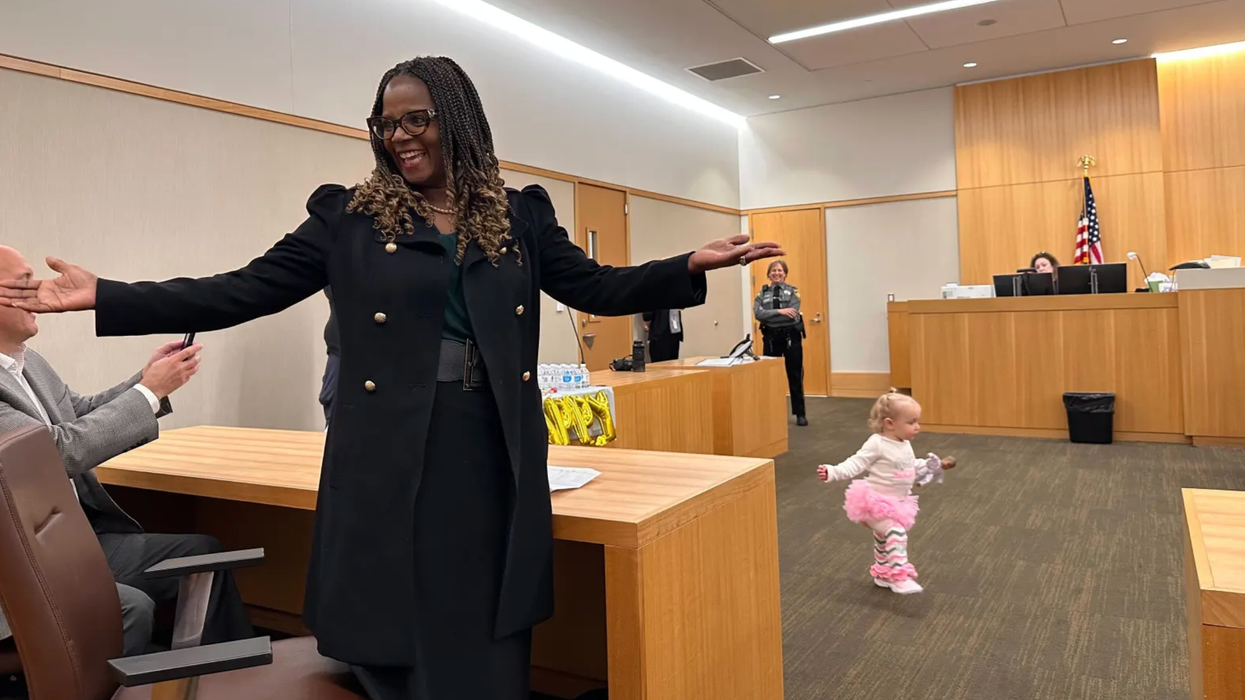The redrawing of legislative district boundaries. A 1967 federal law requires House members be elected from single-member districts that (within each state) have nearly identical populations. House maps must be redrawn after reapportionment but before the first congressional election of each decade, based on population changes in each state revealed by the census.
Redistricting

Inside Elections with Nathan L. Gonzales; Bradley Wascher











 Shannon Gormley, Rhode Island Public Schools
Shannon Gormley, Rhode Island Public Schools Les Sinclair, Blue Ridge Area Food Bank
Les Sinclair, Blue Ridge Area Food Bank Elena Casillas Hoffman,
Elena Casillas Hoffman, 
 Darrious Hilmon, Executive Director, CAN-TV
Darrious Hilmon, Executive Director, CAN-TV










